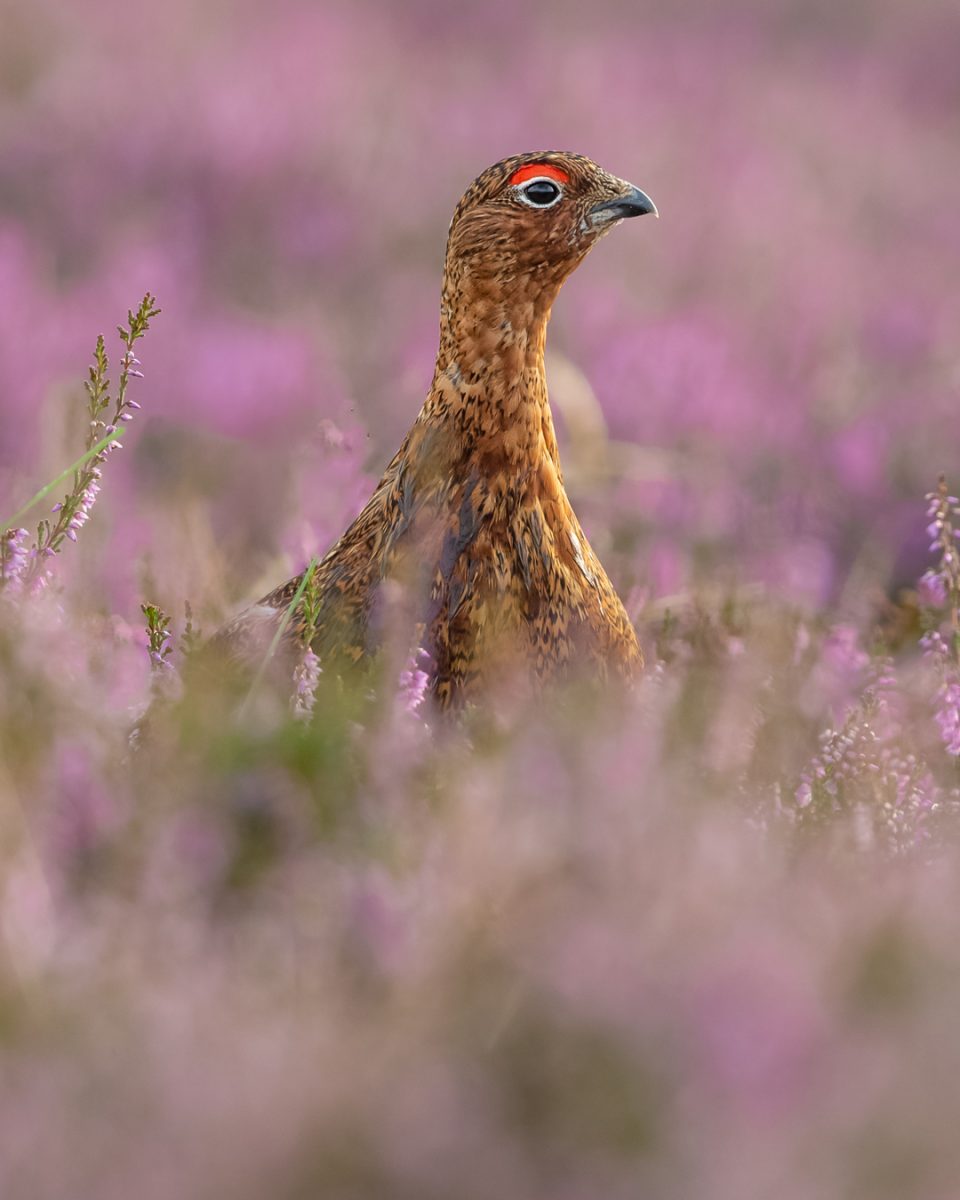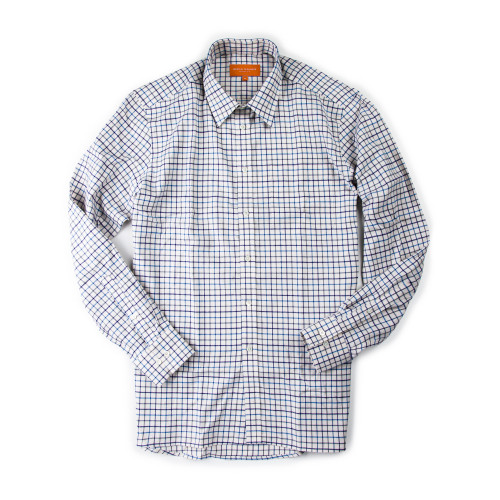If ever there was a success story of conservation, this is it; the red grouse should be the poster boy of the British conservation movement.
We can point to a bird that has been rigorously pursued, killed and eaten for centuries, yet preserved and maintained in its natural environment in sustainable numbers; even producing a large, harvestable surplus. When the numbers are low, the shooting stops to allow for recovery.

Shooting does not depress numbers; in fact it helps sustain a healthy population. Shooting the older birds encourages successful mating among the younger ones. Reducing the population density annually helps break the cycle of over-population followed by disease and decimation that would otherwise take place.
Here, we have a unique bird, which is neither bred in captivity nor released; living its best life in a healthy environment, all made possible by the money generated through shoot days. Remember, but for the populations resident on British grouse moors, this remarkable bird would not exist anywhere in the world.
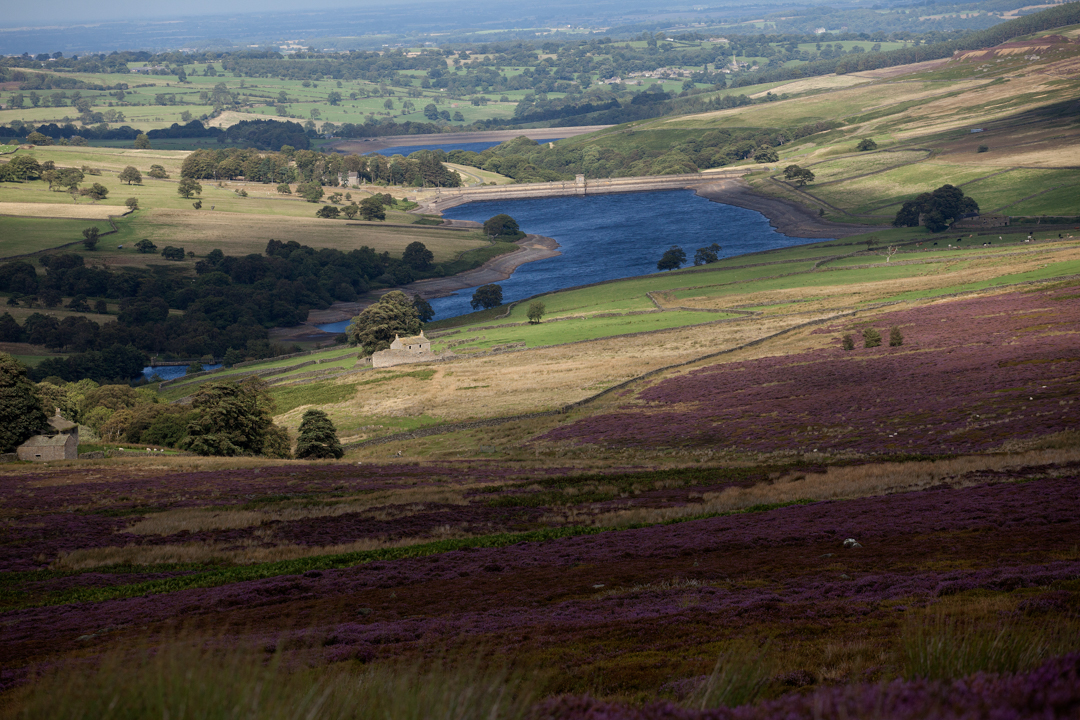
By any reasonable measure, this is what successful conservation looks like. Moors with no shooting have fewer, if any, grouse. Those who oppose shooting would do well to recognize that fact. ‘Protecting grouse’ by removing shooters, usually results in the demise of the grouse population and a reduction in other ground nesting birds.
For the sportsman, there is nothing equal to the thrill of a grouse pack approaching on a strong wind. They are suddenly upon you and your reactions are either equal to them or they are not.
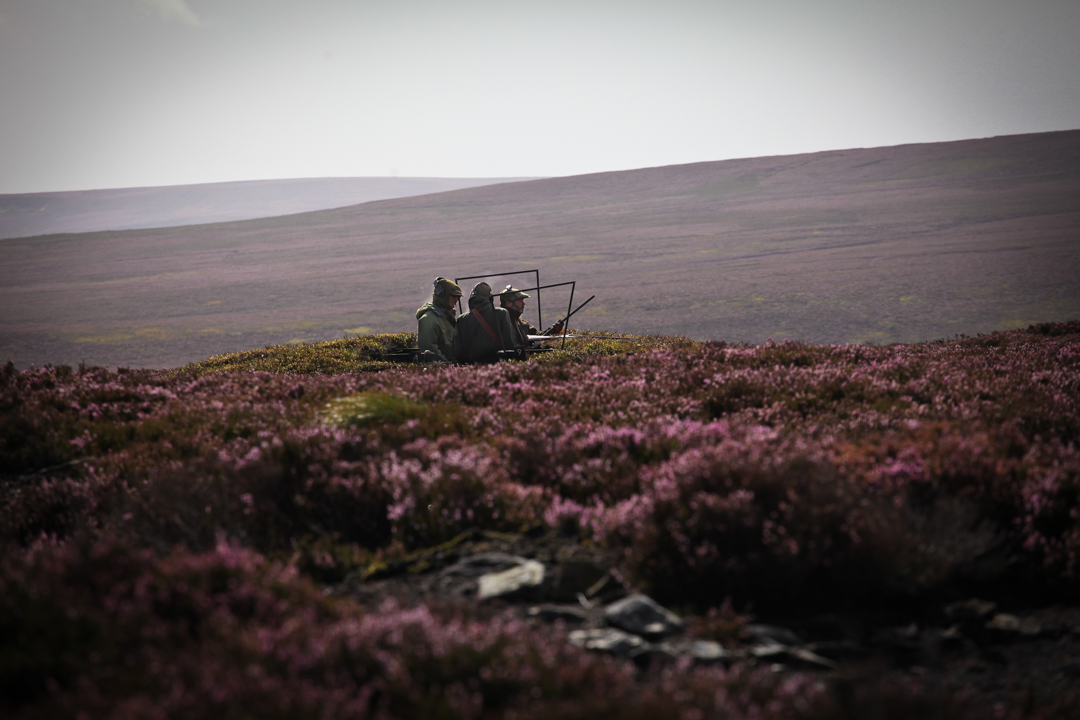

Depending on butt placement, the approaching birds may be visible two hundred yards distant or unseen until they explode over a twenty-yard horizon, only to disappear ten yards behind you.
No wonder lagopus lagopus scotica is so revered. No wonder the start of the grouse season is universally known as ‘The Glorious Twelfth’.

The Twelfth can be traced back to the Game Act of 1831, when seasons were enshrined in law; the grouse being the first to fall to the guns, some twenty-two days before the partridge follows him onto the quarry list, with the pheasant a full month after that.
Driven grouse shooting became popular with the Victorian gentry and aristocracy when railways made travel from London to the moors both easy and fast. Member of Parliament James Clay declared, in 1859, that it was “…well known that there was a certain termination to the labours of the (Parliamentary) Session, and that was when the grouse-shooting commenced”.
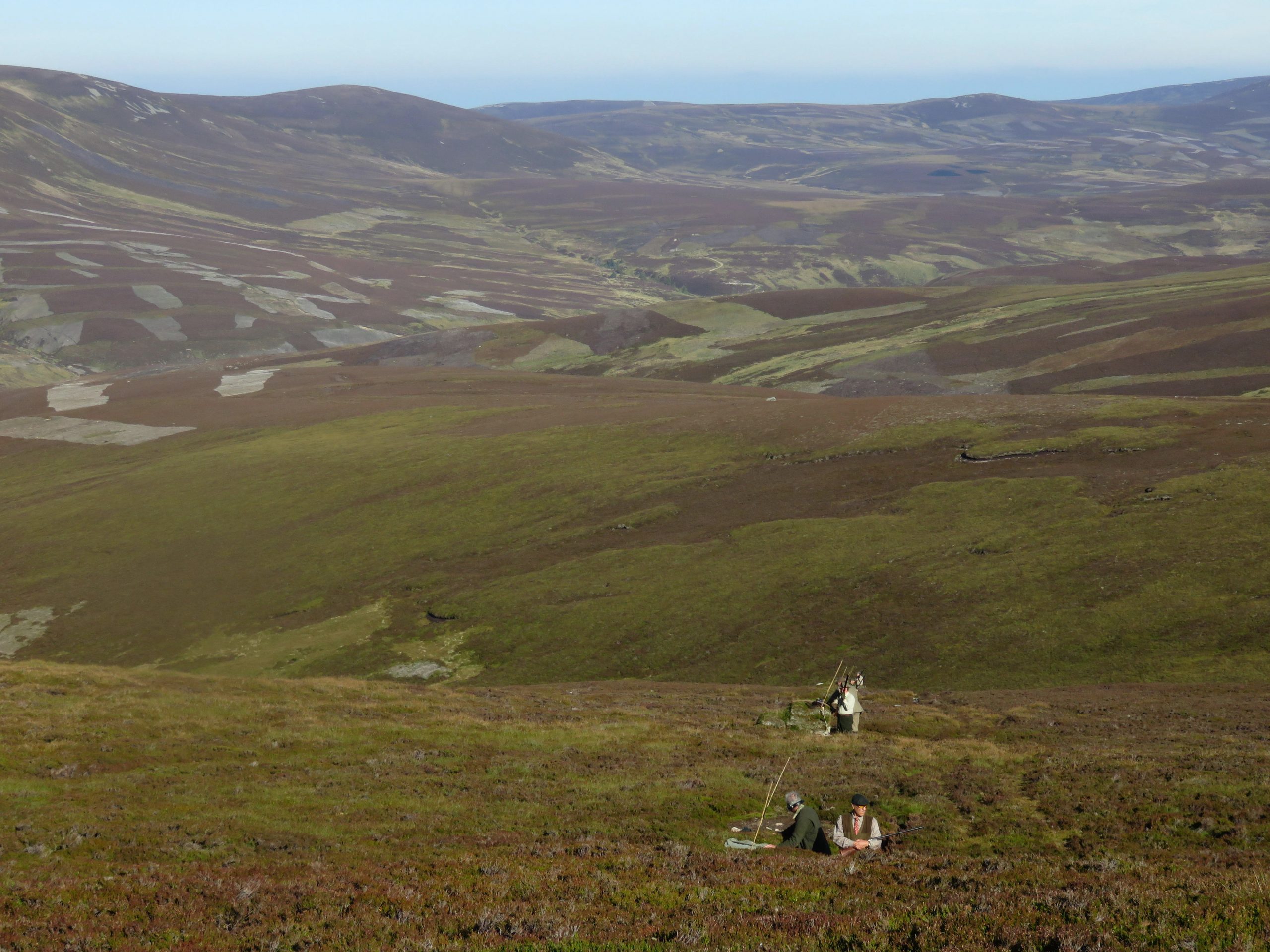

To this day, we can observe that Parliament is always in recess in good time for the Glorious Twelfth. So, any peer or Right Honourable Member can make sure he is in Yorkshire, Cumbria, Northumberland or Scotland; shotgun in hand and grouse in mind.
Traditionally, grouse were walked up over setters. In the days of muzzle-loaders, with their slow rate of fire, this worked beautifully and remains an elegant, healthy and vigorous pastime for the country sportsman. Or woman!

The Duchess of Devonshire was observed to have had made a special, just below the knee tweed skirt, to allow her to stride the moors, in pursuit of grouse.
To the Edwardians, whose idea of scanty dress was anything revealing an ankle, this was quite outrageous. You really had to have the social status of a duchess to get away with such rebellion yet remain in the top set.
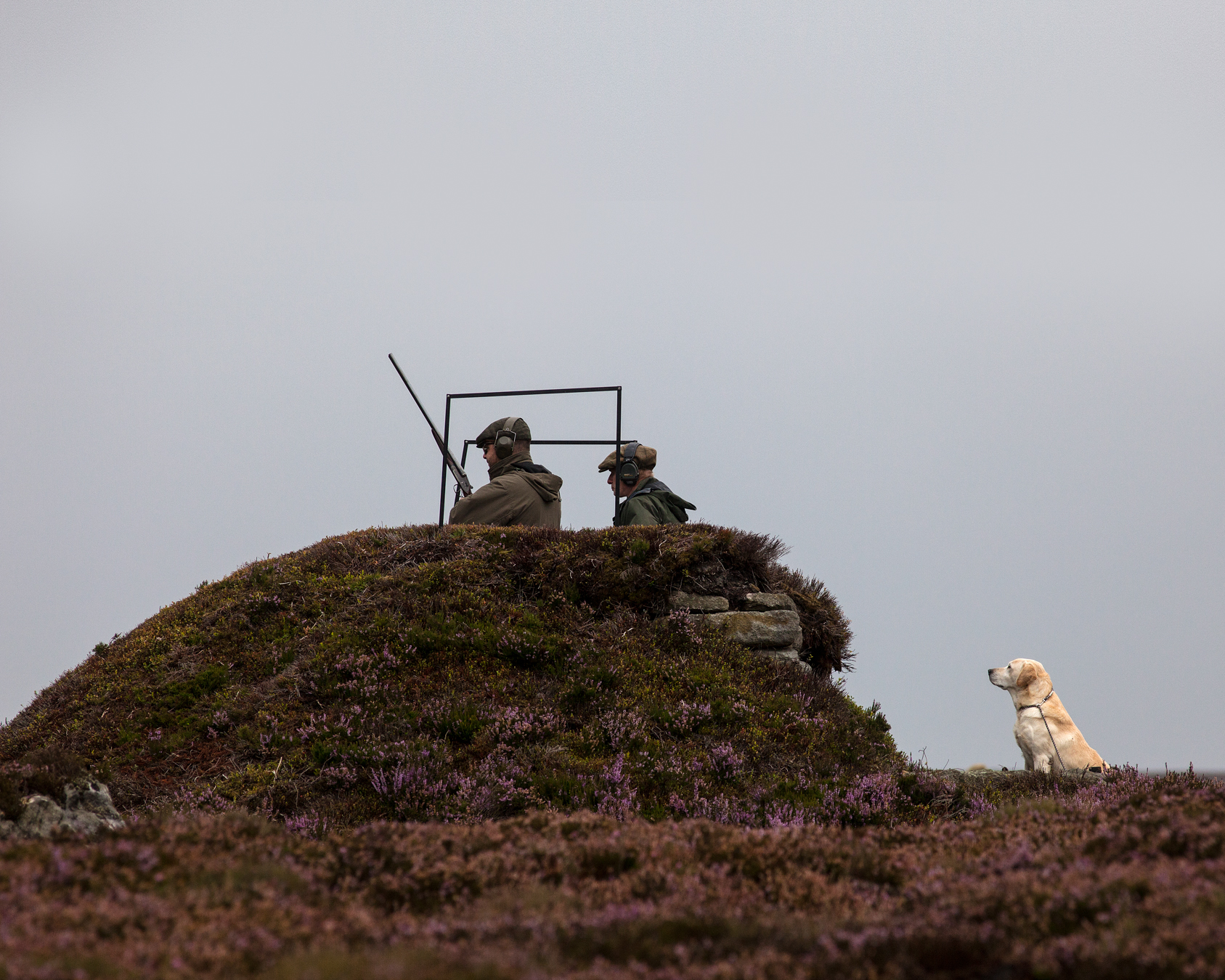
During the mid Victorian era, shooting from a butt became popular. It required no particular physical fitness, produced very exciting shooting and made for a very sociable day for networking and scheming, away from the lower echelons.
Today, it is possible to buy a day on a moor on which you would once have been too lowly to get invited. Such is the democratization of field-sports in the twenty-first century.

However, it won’t be cheap. Expect a one-hundred brace day to cost upwards of three thousand pounds per Gun.
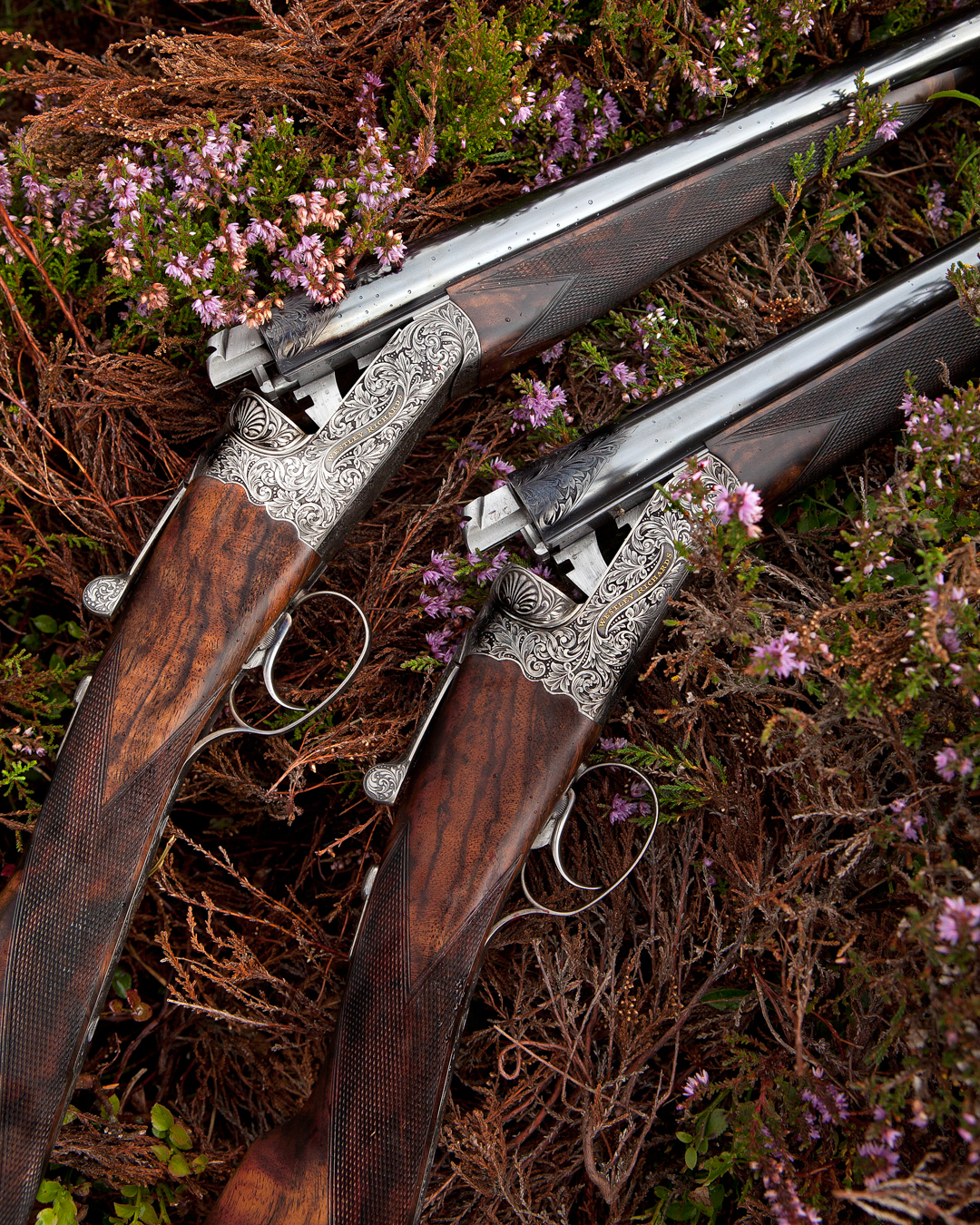
Westley Richards built plenty of grouse guns, which were often specified as light, fast-handling and choked tight in the right barrel, so the first bird can be engaged far out, as the pack descends on the butt, with the second shot anticipated close to the butt.
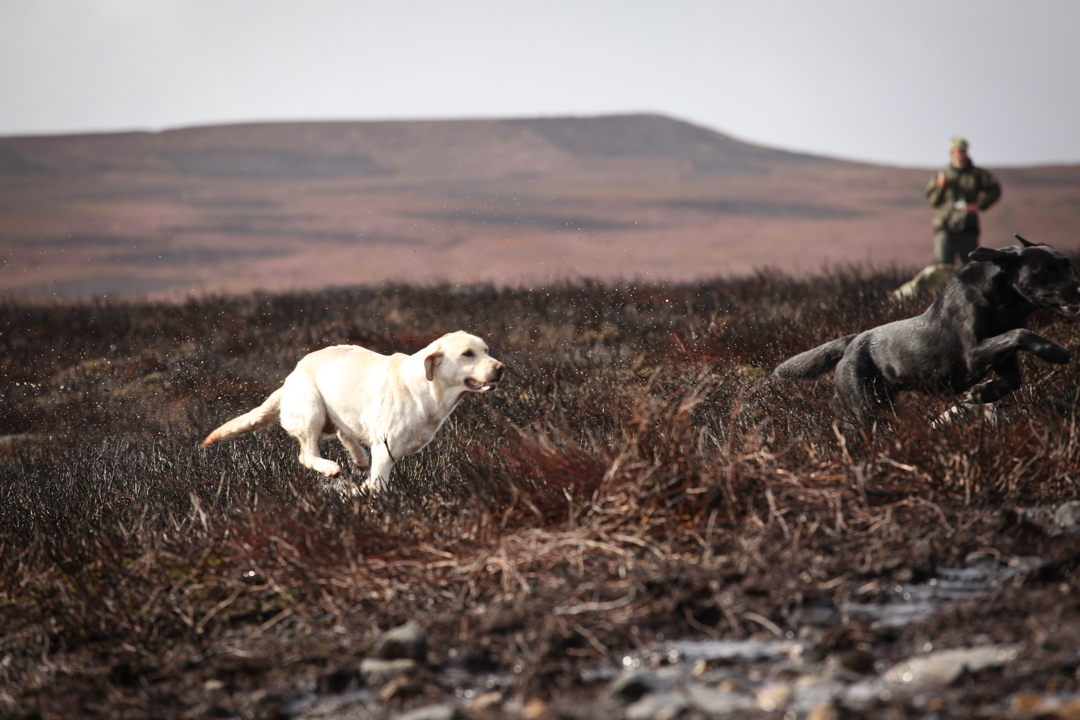
Unlike the measured swing of high pheasant shooting, driven grouse is all about fast target acquisition, very fast reflexes and hand-eye coordination. Think and they are gone!
To maximize the number of shots at birds which often pack-up and arrive en masse, double gunning is a popular option. A well-drilled Gun and loader can keep up a very impressive rate of uninterrupted fire. However, it is intimidating for a novice Shot and should perhaps be avoided until one is well practiced and confident. Many a gun barrel is dented each season through a clumsy hand-over in a grouse butt.

The best cartridge for grouse is the one that is most comfortable in your gun. Avoid anything that produces excessive recoil. Grouse are no harder nor easier to kill than any other game bird. Hit them with a good pattern of anything from number five to number seven shot and they will die at the ranges you are likely to encounter them. The moorland is a fragile ecosystem, so fibre wads are a must.
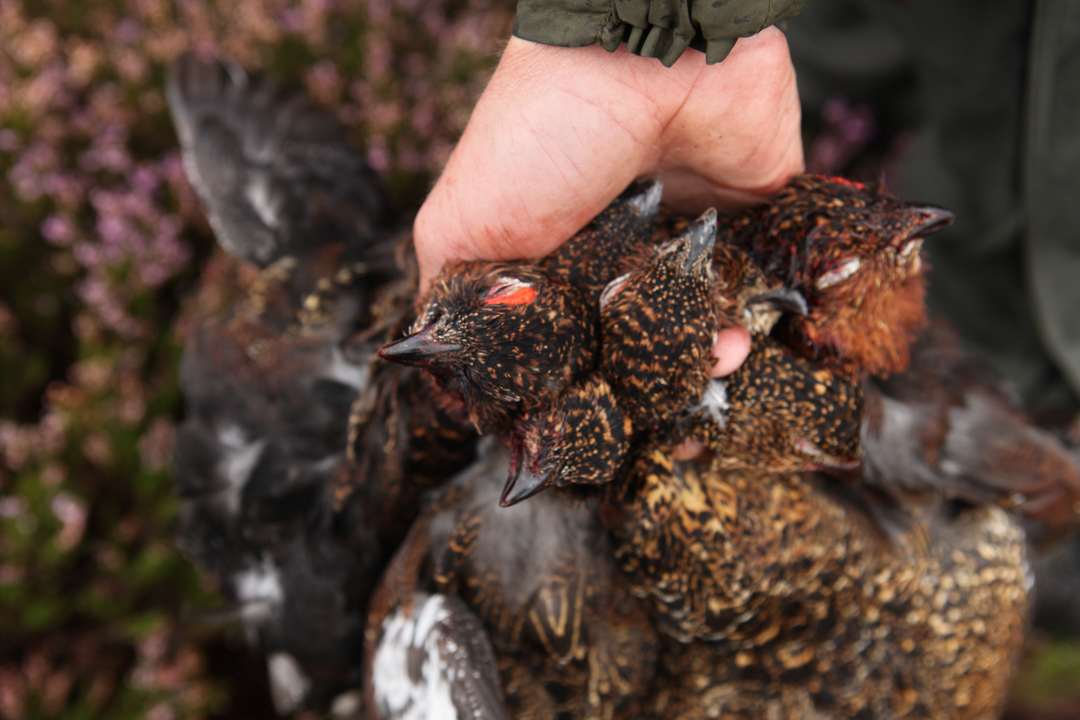
Anyone contemplating non-lead shot for the grouse moor this season should forget about steel shot as an alternative. The proximity of other Guns and beaters and the low-flying nature of the grouse, mixed with often flinty or stony ground brings too much ricochet risk. Instead, look for bismuth or the new BioAmmo Blue, both of which offer a safe alternative.
As for tips on shooting them – the old saying ‘grouse wear spats’ refers not just to their furry feet, but to the fact that most are missed over the top. Shoot at their spats.
The Explora Blog is the world’s premier online journal for field sports enthusiasts, outdoor adventurers, conservationists and admirers of bespoke gunmaking, fine leather goods and timeless safari clothes. Each month Westley Richards publishes up to 8 blog posts on a range of topics with an avid readership totalling 500,000+ page views per year.
Blog post topics include: Finished custom rifles and bespoke guns leaving the Westley Richards factory; examples of heritage firearms with unique designs and celebrated owners like James Sutherland and Frederick Courtenay Selous; the latest from the company pre-owned guns and rifles collection; interviews with the makers from the gun and leather factory; new season safari wear and country clothing; recent additions to our luxury travel bags and sporting leather goodsrange; time well spent out in the field; latest news in the sporting world; and key international conservation stories.



 Enquire
Enquire







